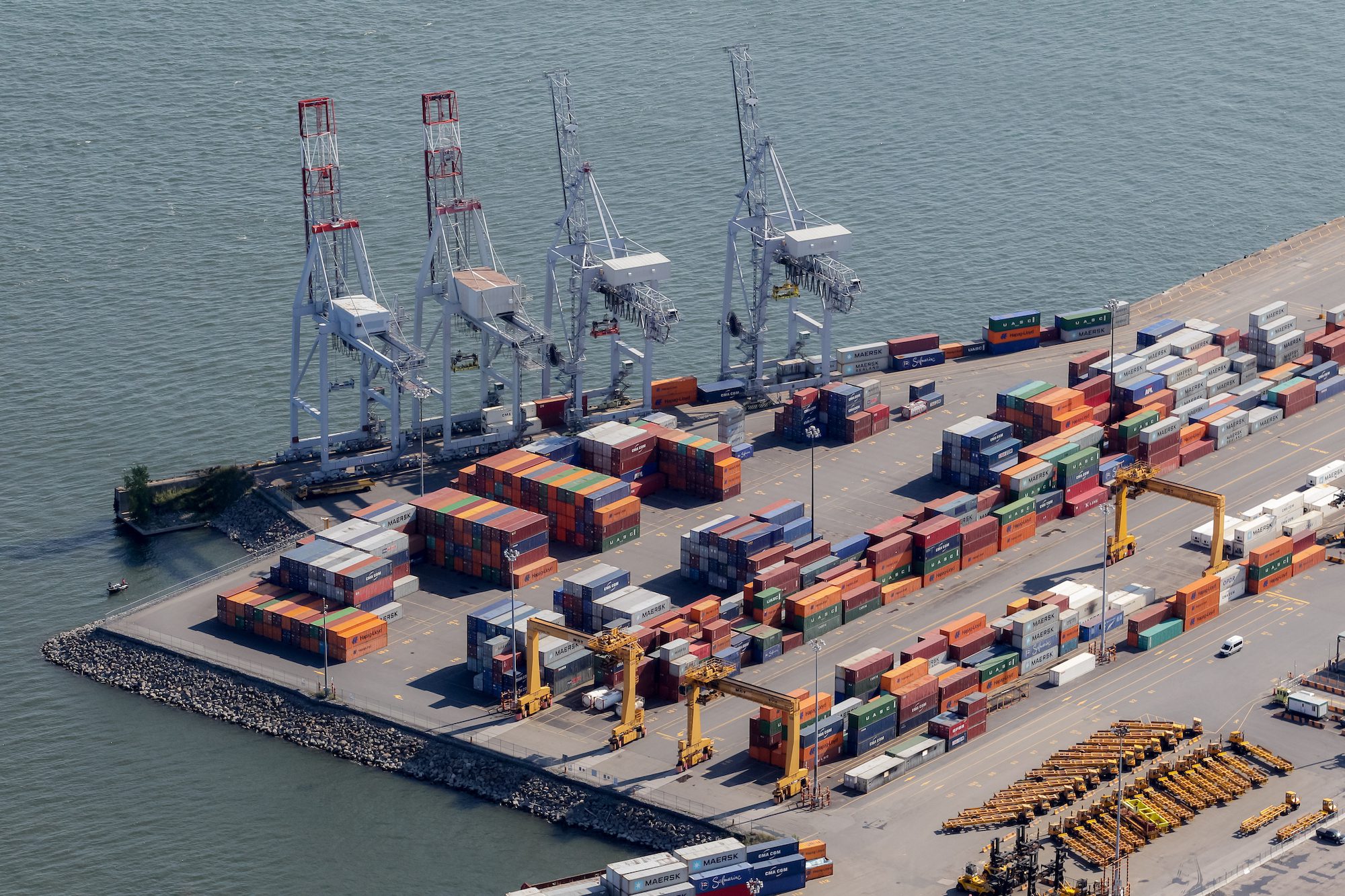Comparison of lowest recorded ice extent of 2014 and current conditions. NSR route is seen on the left. Image credit: Weathernews
The Northern Sea Route of the Northeast Passage saw a record number of applications for permits to sail the famed arctic route in 2014, while sea ice extent prevented the Northwest Passage from opening up for the first time in five years, according to new data from Weathernews Inc.’s Global Ice Center.
In their annual 2014 report, Weathernews notes that this year the Northeast Passage fully opened in late August and stayed open for six weeks until closing October 1. Russia’s Northern Sea Route Administration (NSRA) received over six hundred applications for permission to transit the Northeastern passage – or part of it – this year, the most on record, according to the report.
The lowest area of ice observed by the Global Ice Center (GIC) this summer was 4.8 million km2, which is the sixth smallest area in recorded history, but different trends were observed when comparing the Northeast Passage above Russia to the Northwest Passage above Canada.
According to the report, ice in the Northeast Passage began to melt away starting in late May, and the NSR was opened fully from August 21 to October 1. On the Canadian side, however, the Northwest Passage remained partially blocked by ice, preventing its opening to commercial vessels for the first time in five years, the report says. According to Dr. Genki Sagawa of the Global Ice Center, this was caused by lower temperatures and few low-pressure systems that help ice to break up.
The possibility of commercial use of the Northern Sea Routed emerged in 2005 when the passage opened fully for the first time, the GIC report says, followed by the first commercial voyages in 2009. Although ice extent followed a trend of recession until reaching the lowest ice coverage ever observed for more than two months in 2012, the following year saw a shorter opening period at a little more than three weeks.
“The number of days the NSR stays open can vary greatly from year to year, so the GIC has been keeping a close watch on Arctic ice trends,” said Dr. Sagawa. “Even after the opening closes, it has still been possible in recent years to transit the route with ice-breaker escorts until about November. Since a lot of ice starts to appear along the route about this time, finely detailed information concerning sea ice and weather conditions become critical in order to safely sail the NSR.”
Weathernews says that the increase in applications to transit to the NSR is a good indication of the commercial shipping industries’ eagerness to reduce operating costs by sailing the NSR.

 Join The Club
Join The Club











